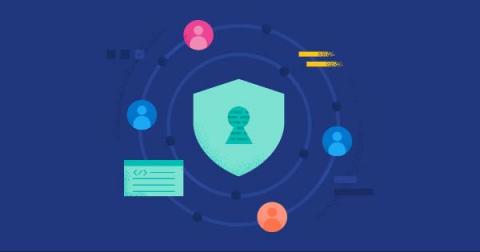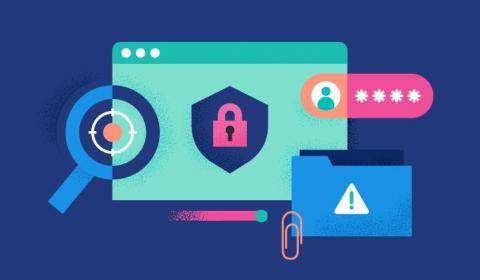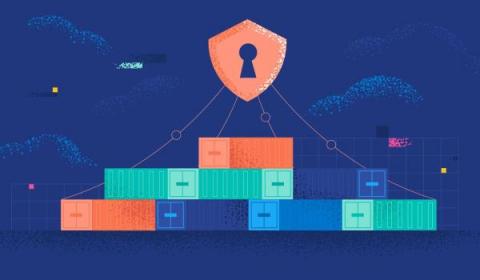AI on offense: Can ChatGPT be used for cyberattacks?
Generative AI models have a long history in artificial intelligence (AI). It all started back in the 1950s with Hidden Markov Models and Gaussian Mixture Models, and it really evolved with the advent of Deep Learning. In the past five years alone, we have gone from models with several millions of parameters to the latest being GPT-4, estimated to have over 100 trillion parameters.











